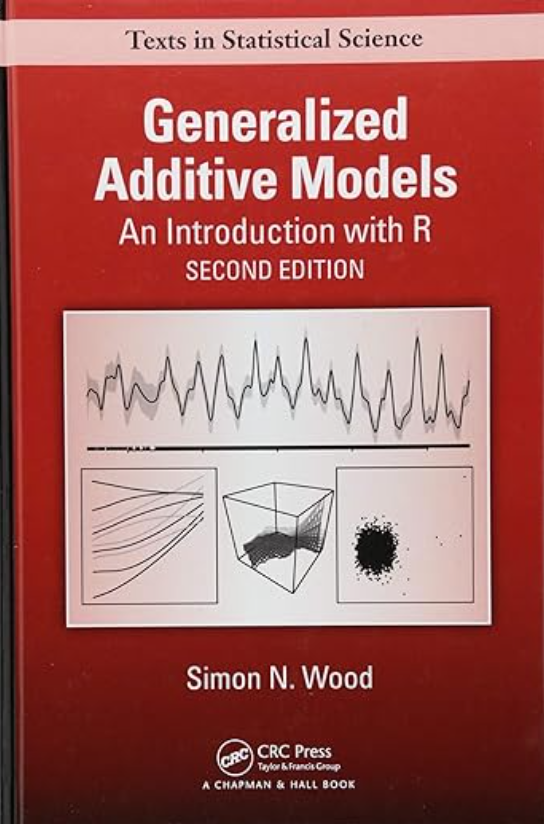Derivatives Analytics with Python: Data Analysis, Models, Simulation, Calibration and Hedging (The Wiley Finance Series)
Supercharge options analytics and hedging using the power of Python Derivatives Analytics with Python shows you how to implement market-consistent valuation and hedging approaches using advanced financial models, efficient numerical techniques, and the powerful capabilities of the Python programming language.
This unique guide offers detailed explanations of all theory, methods, and processes, giving you the background and tools necessary to value stock index options from a sound foundation. You'll find and use self-contained Python scripts and modules and learn how to apply Python to advanced data and derivatives analytics as you benefit from the 5,000+ lines of code that are provided to help you reproduce the results and graphics presented.
Coverage includes market data analysis, risk-neutral valuation, Monte Carlo simulation, model calibration, valuation, and dynamic hedging, with models that exhibit stochastic volatility, jump components, stochastic short rates, and more. The companion website features all code and IPython Notebooks for immediate execution and automation.
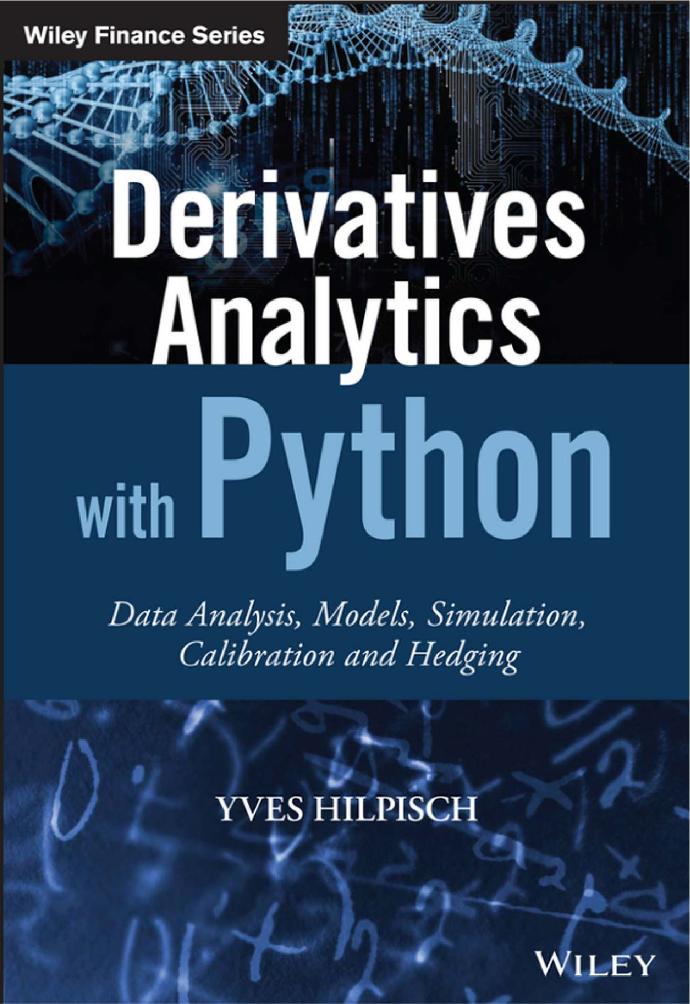
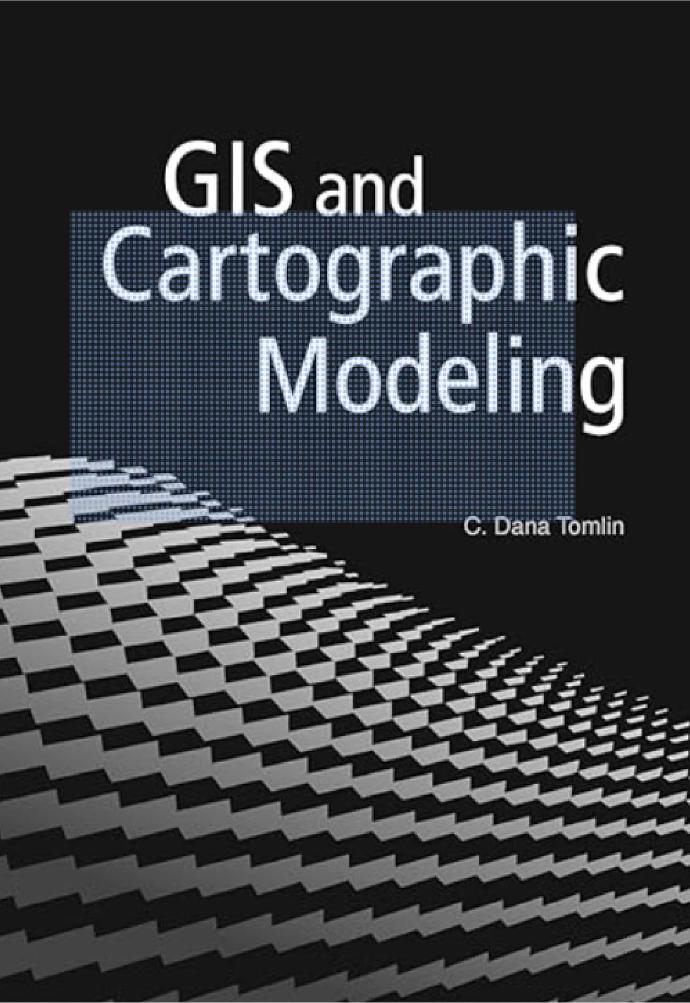
GIS and Cartographic Modeling Illustrated Edición
GIS and Cartographic Modeling is a foundational work in the field of geographic information systems (GIS). An introduction to the concepts, conventions, and capabilities of map algebra as a general language, this book describes the analytical use of raster-based GIS. By focusing on the fundamentals of cartographic modeling techniques, C. Dana Tomlin illustrates concepts that can be applied to any GIS. This publication of GIS and Cartographic Modeling contains updated graphics and a new preface.
Geostatistical Reservoir Modeling
Published in 2002, the first edition of Geostatistical Reservoir Modeling brought the practice of petroleum geostatistics into a coherent framework, focusing on tools, techniques, examples, and guidance. It emphasized the interaction between geophysicists, geologists, and engineers, and was received well by professionals, academics, and both graduate and undergraduate students.
In this revised second edition, Deutsch collaborates with co-author Michael Pyrcz to provide an expanded (in coverage and format), full color illustrated, more comprehensive treatment of the subject with a full update on the latest tools, methods, practice, and research in the field of petroleum Geostatistics.
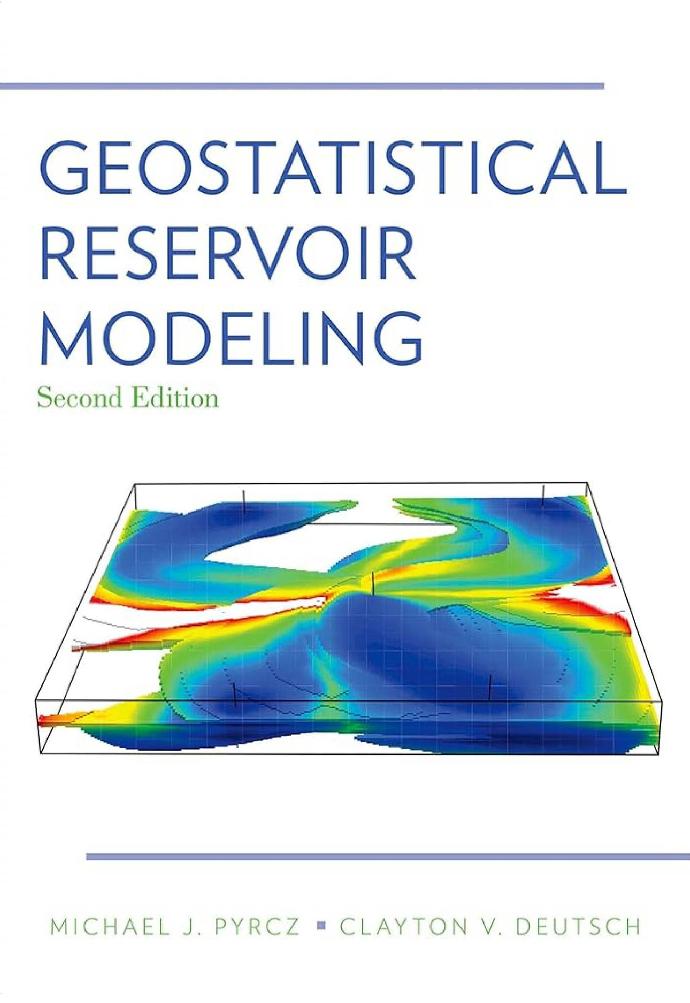
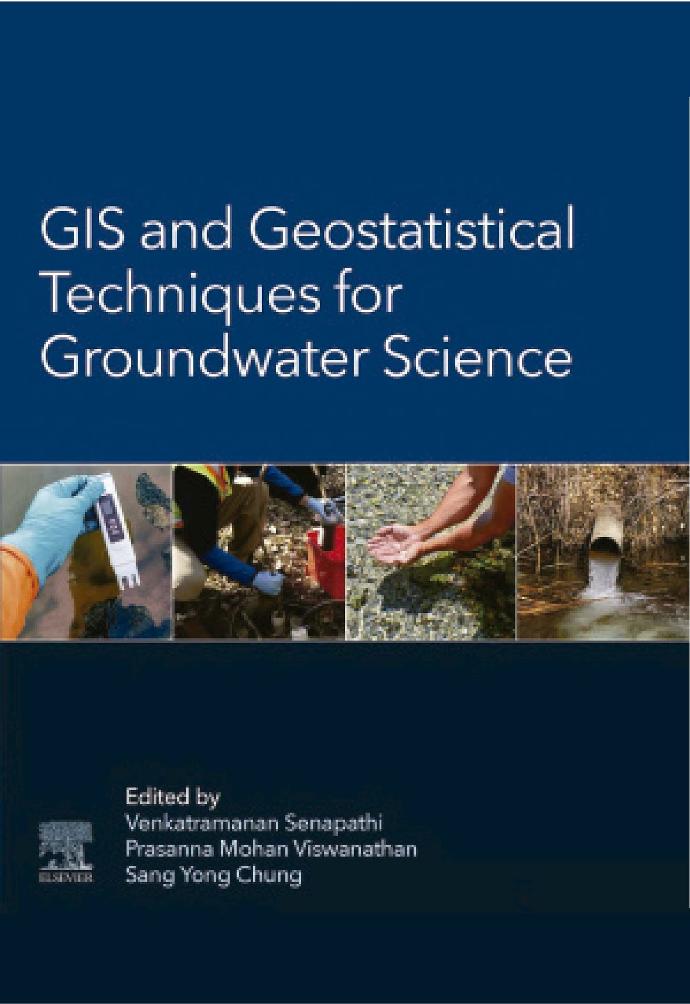
GIS and Geostatistical Techniques for Groundwater Science
GIS and Geostatistical Techniques for Groundwater Science provides a detailed synthesis of the application of GIS and geostatistics in groundwater studies. As the book illustrates, GIS can be a powerful tool for developing solutions for water resource problems, assessing water quality, and managing water resources. Beginning with an introduction to the history of GIS and geostatistical techniques in groundwater studies, the book then describes various spatial techniques, including case studies for various applications, from quality assessment, to resource management. This book assembles the most up-to-date techniques in GIS and geostatistics as they relate to groundwater, one of our most important natural resources.
Generalized Additive Models: An Introduction with R, Second Edition (Chapman & Hall/CRC Texts in Statistical Science)
The first edition of this book has established itself as one of the leading references on generalized additive models (GAMs), and the only book on the topic to be introductory in nature with a wealth of practical examples and software implementation. It is self-contained, providing the necessary background in linear models, linear mixed models, and generalized linear models (GLMs), before presenting a balanced treatment of the theory and applications of GAMs and related models.
The author bases his approach on a framework of penalized regression splines, and while firmly focused on the practical aspects of GAMs, discussions include fairly full explanations of the theory underlying the methods. Use of R software helps explain the theory and illustrates the practical application of the methodology. Each chapter contains an extensive set of exercises, with solutions in an appendix or in the book’s R data package gamair, to enable use as a course text or for self-study
